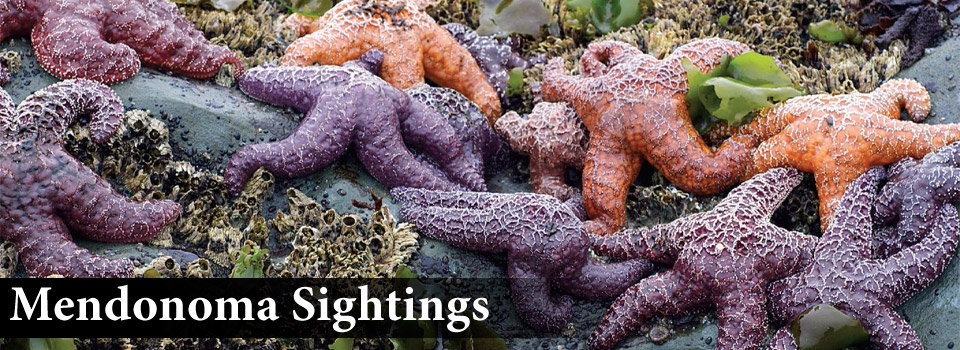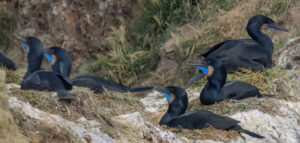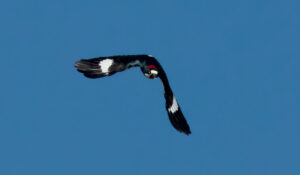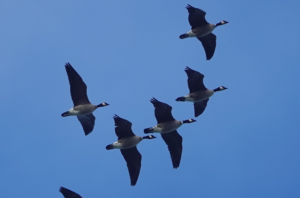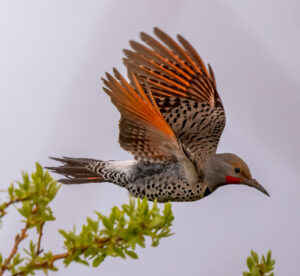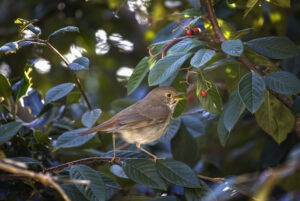Brandt's Cormorants are nesting along the Mendonoma Coast. Jon Shiu photographed this group at the Mendocino Headlands.
From the Cornell Lab of Ornithology: “The largest cormorant on the Pacific Coast, Brandt’s Cormorant is an expert diver that can swim deeper than 200 feet in pursuit of fish and shellfish. In addition to standard cormorant black, Brandt’s sports a vivid cobalt-blue throat patch and eyes during breeding season, along with wispy white feathers on the head. This species nests and forages in the California Current, an area of rich upwelling between British Columbia, Canada, and Baja California, Mexico.”
How great to see the blue throat patch in Jon’s photo!
Thanks to Jon for allowing me to share his photo.
It’s sunny with a gentle breeze…a beautiful day on the Mendonoma coast!
